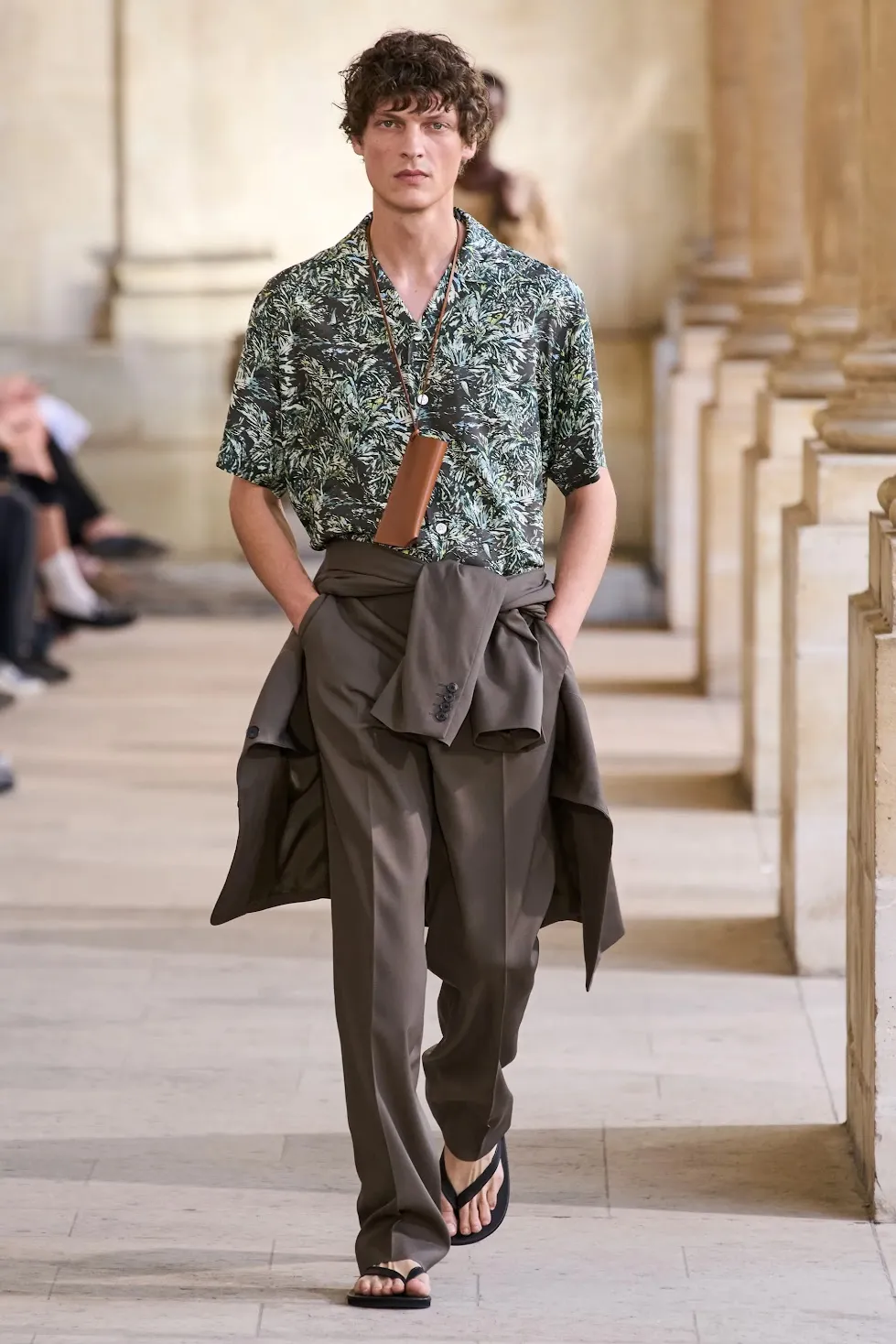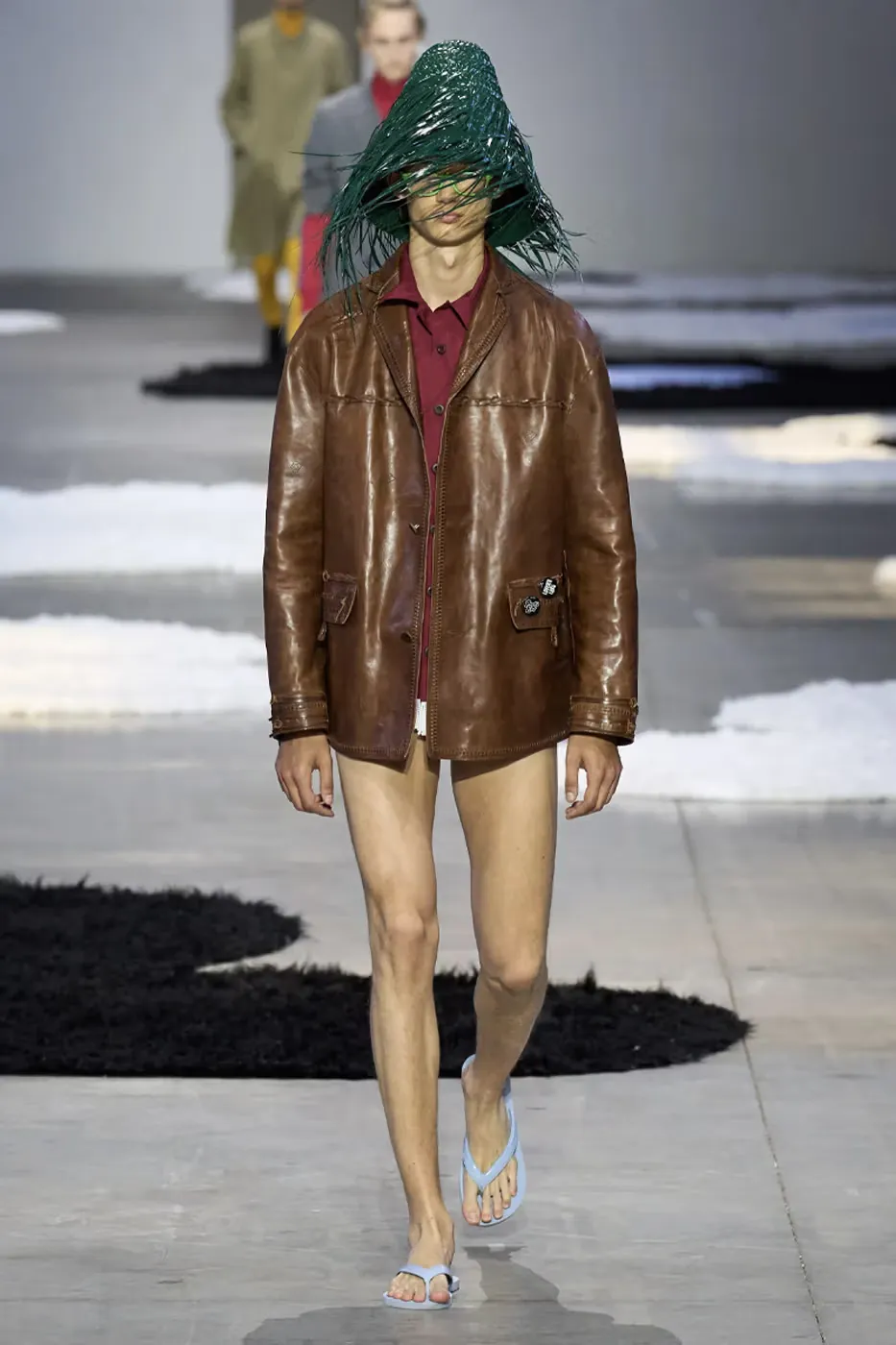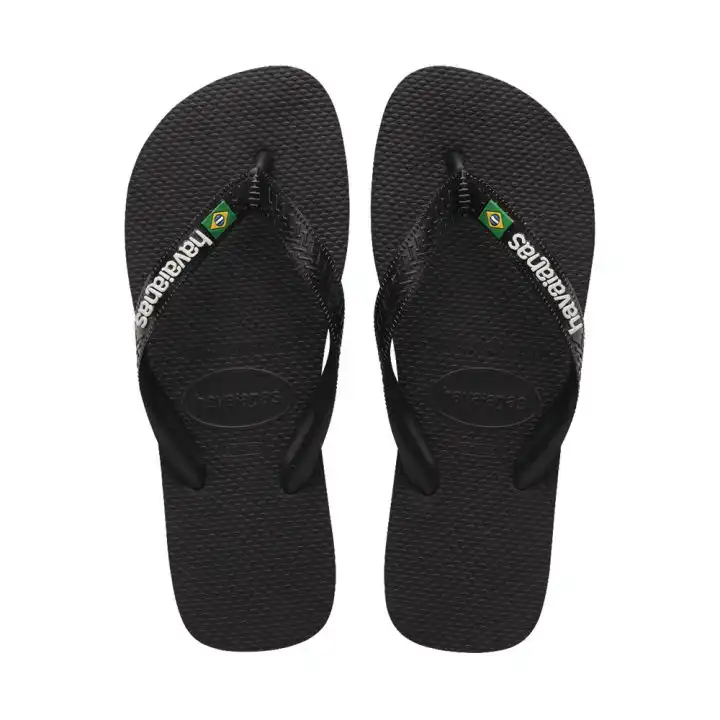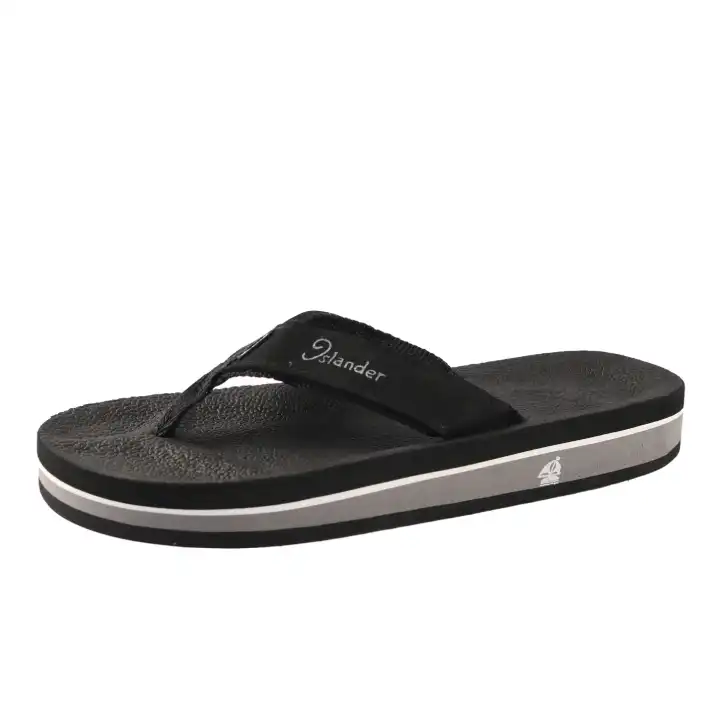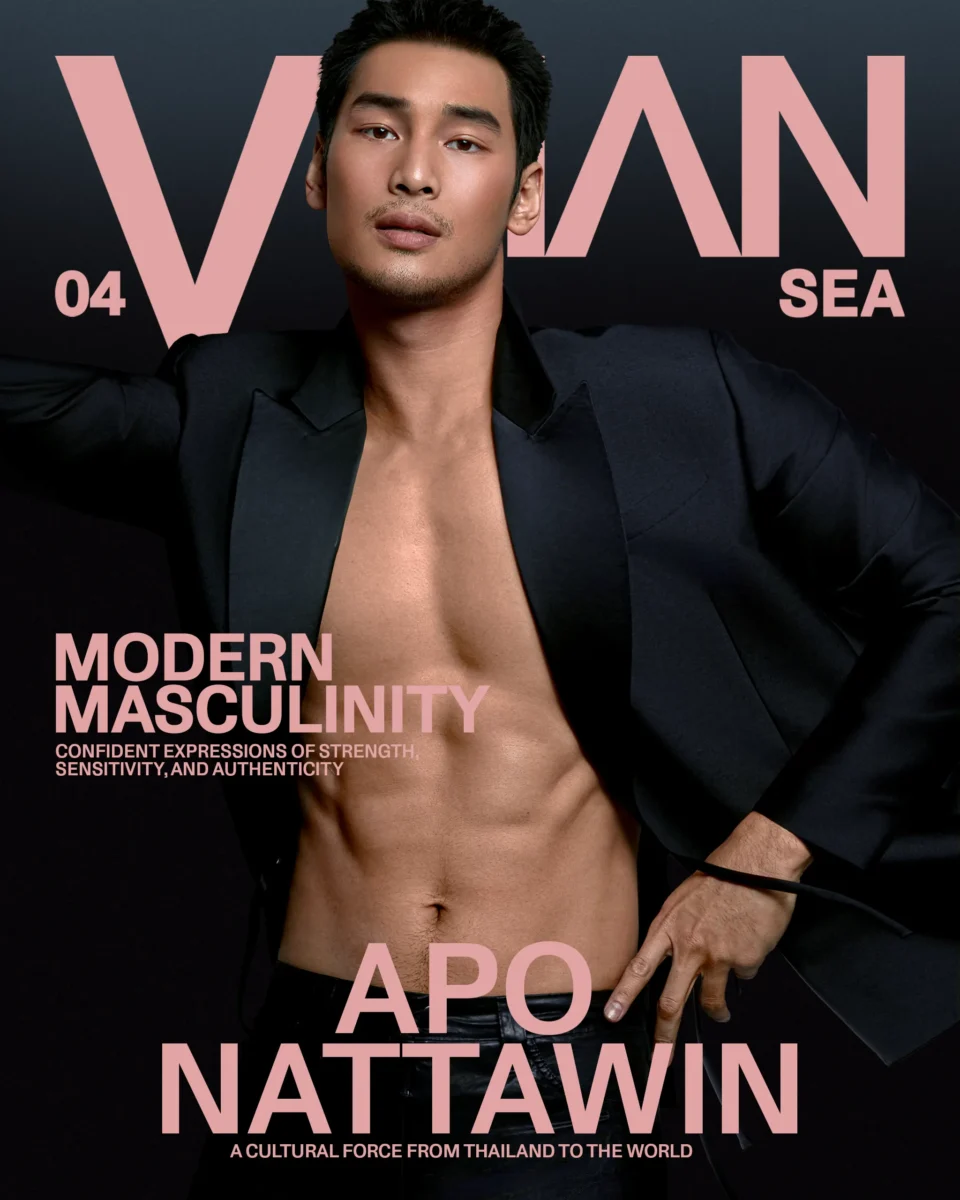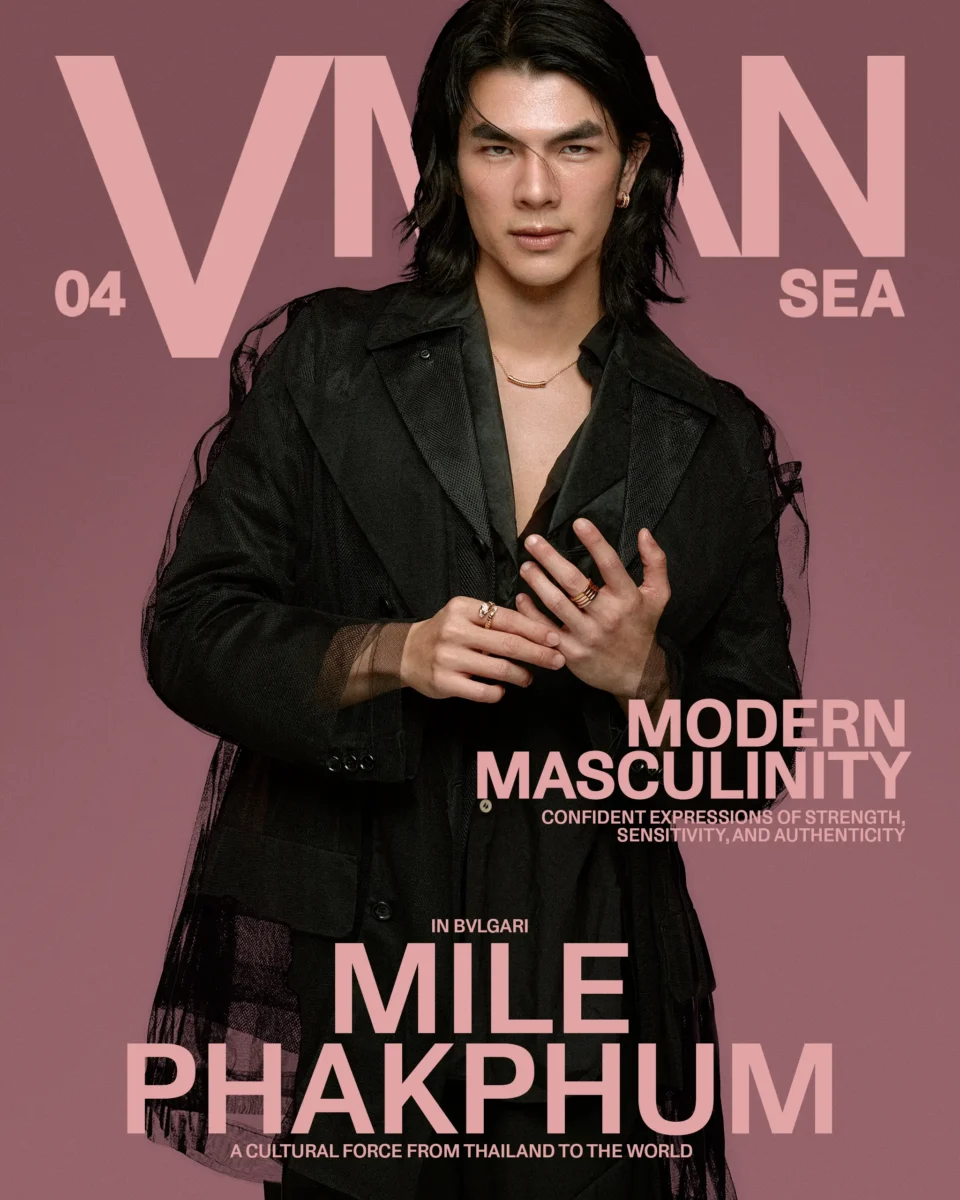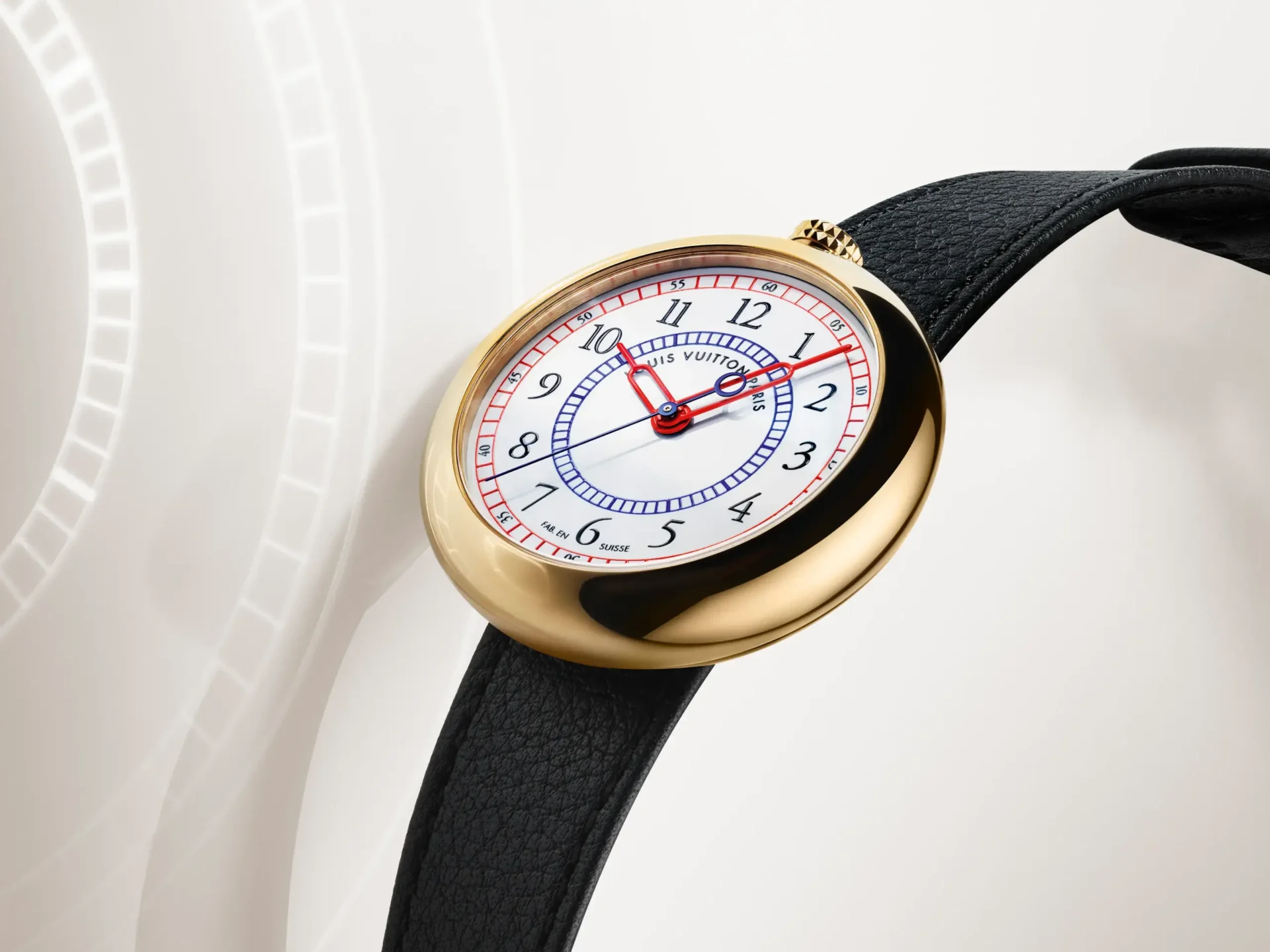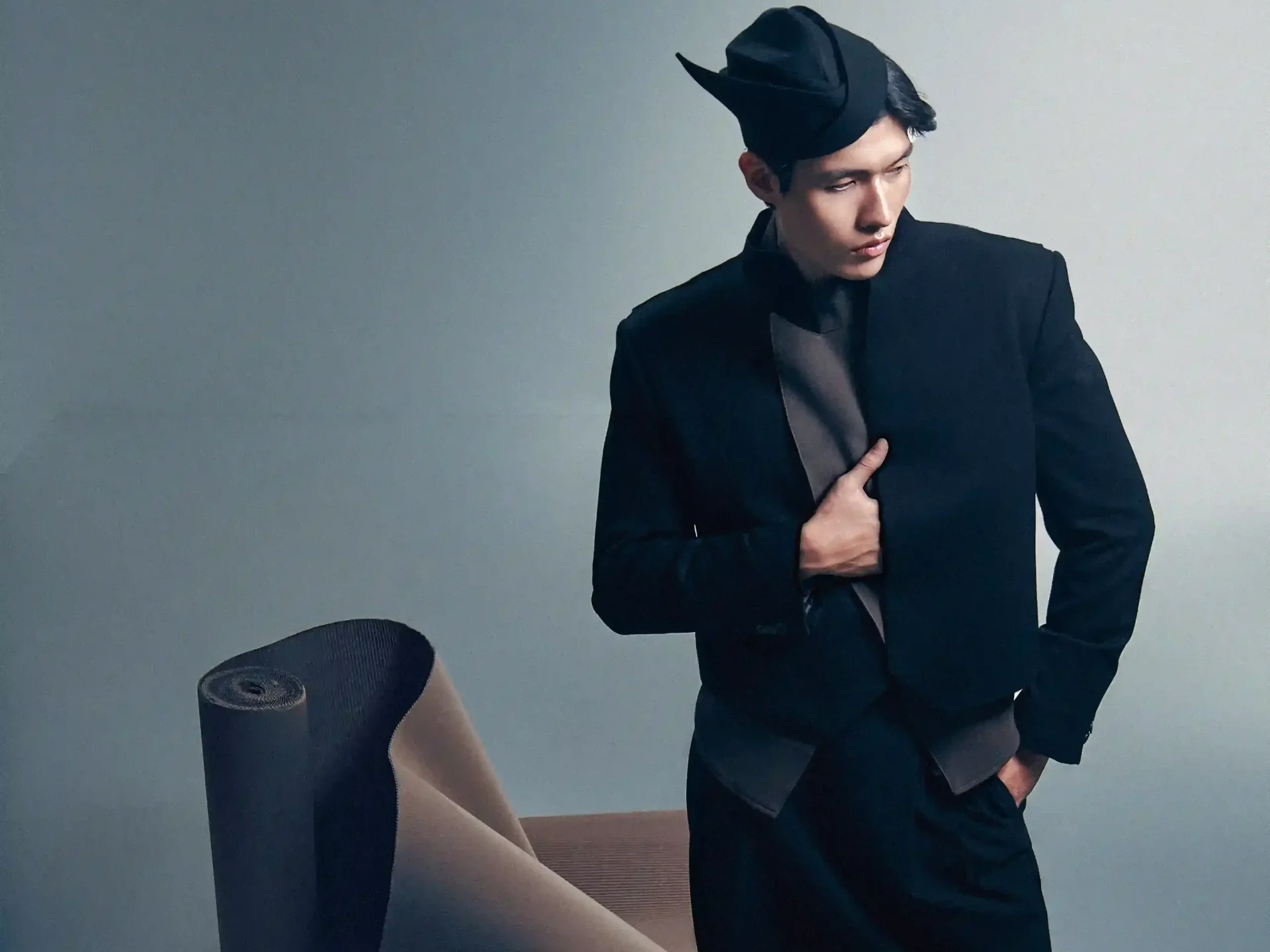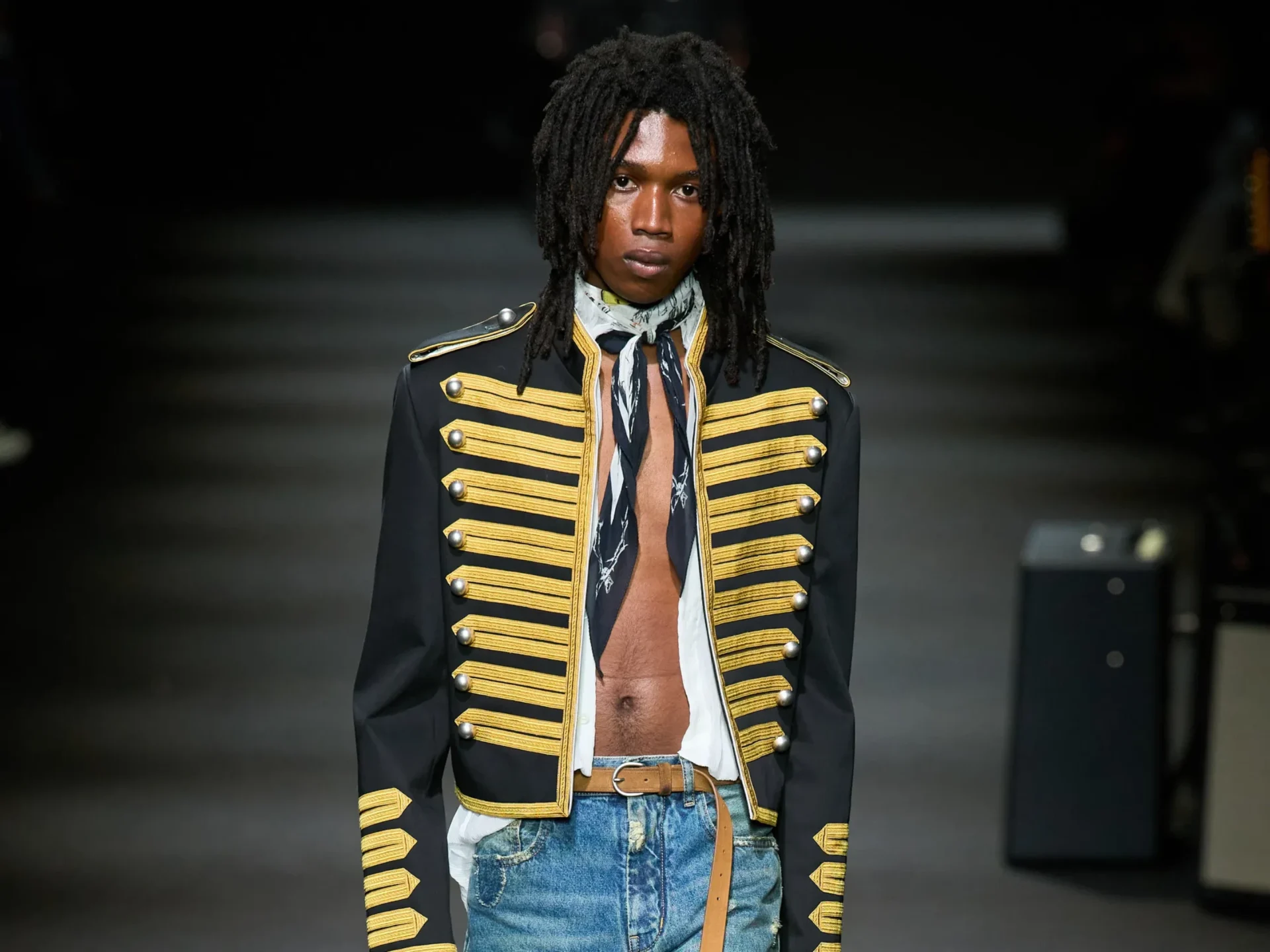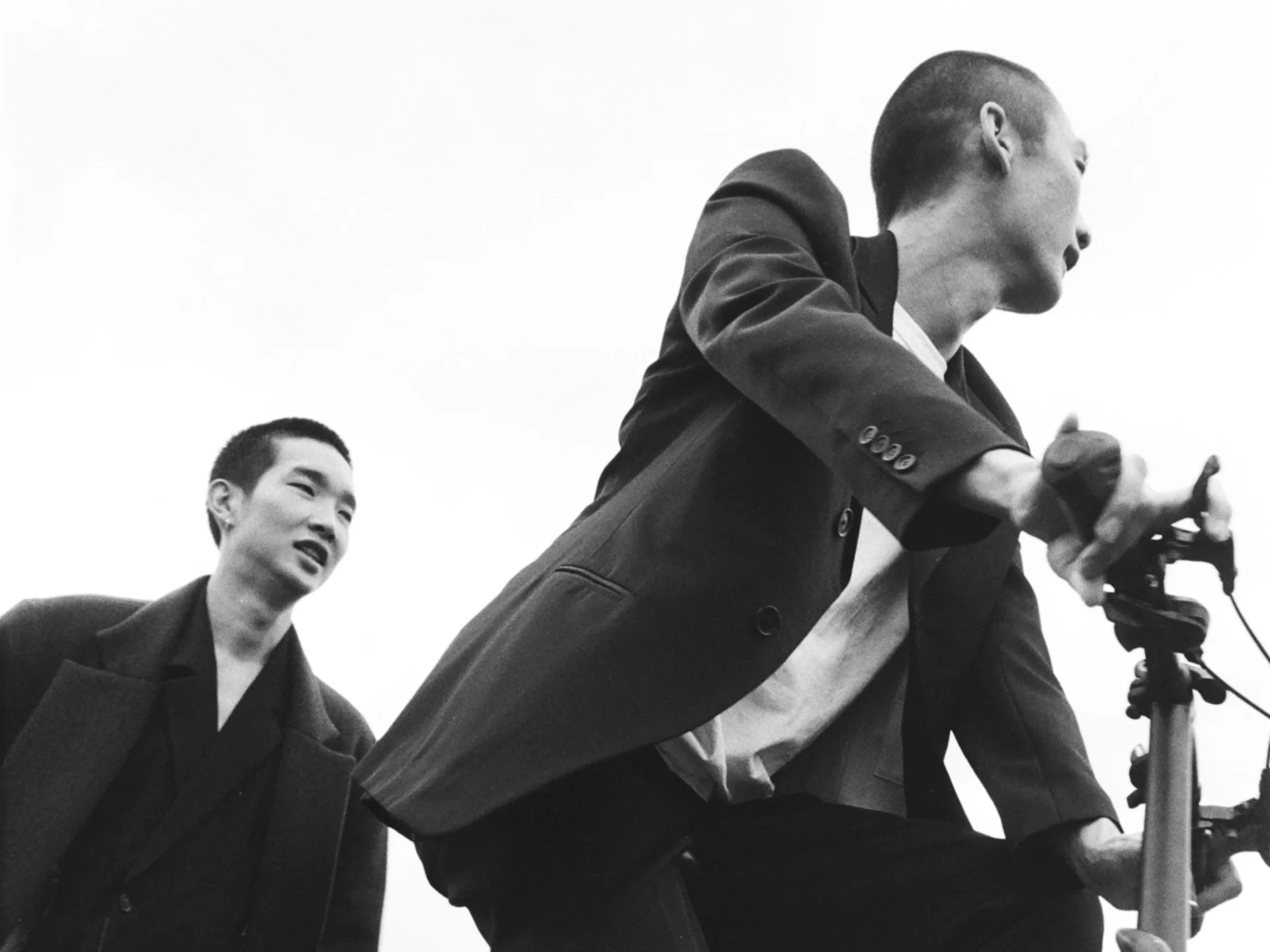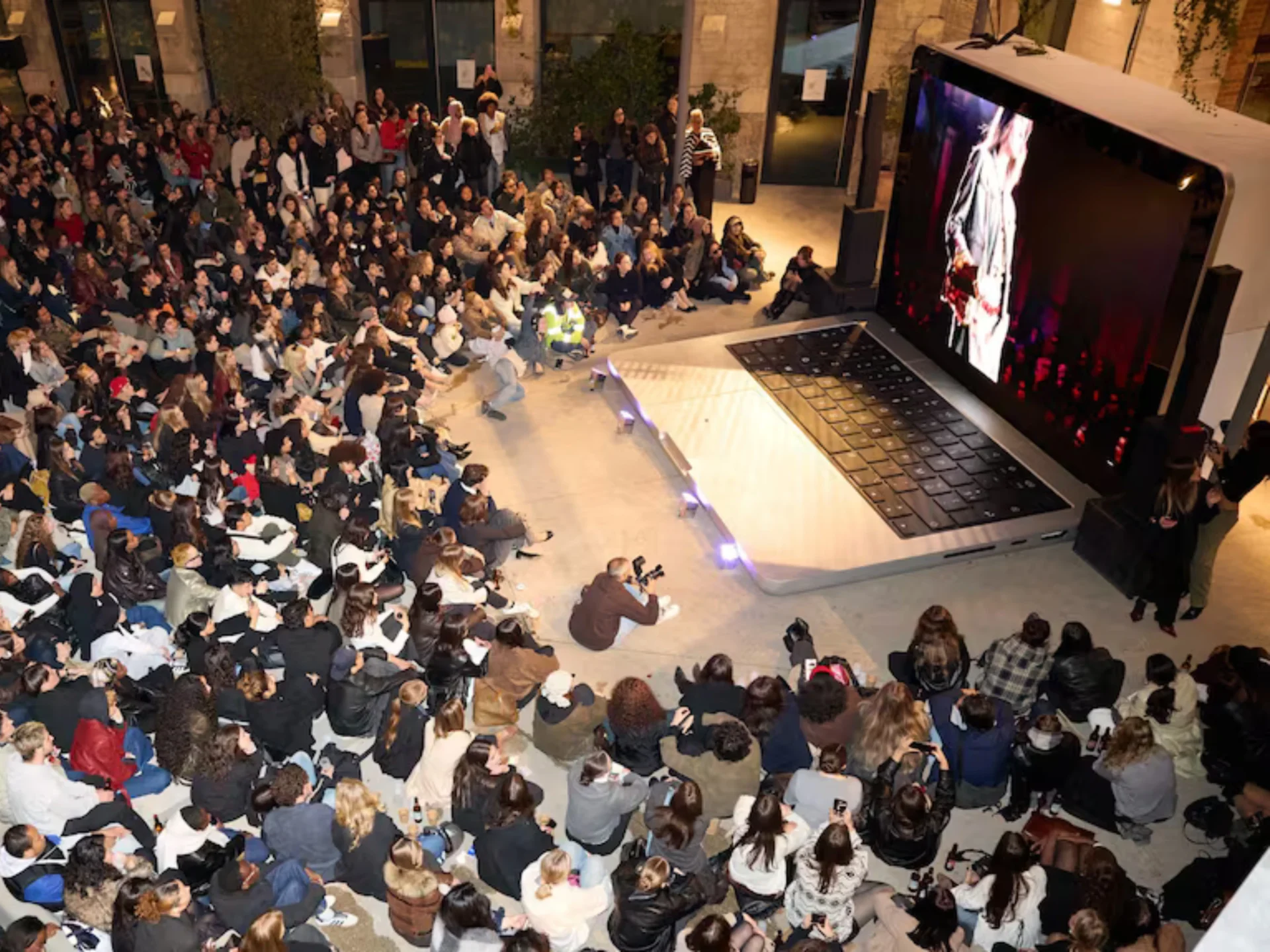The ‘Copenhagen Way’ to Style Flip-Flops? Southeast Asia’s Had It for Years
Flip-flops are suddenly everywhere in fashion again, but for much of Southeast Asia, they never stopped being essential

The flip-flop aesthetic
A new wave of online fashion content has reignited an old conversation. TikToks and Instagram posts praise the appeal of “wearing flip-flops in a cool Copenhagen way,” typically styled with neutral tailoring, soft lighting, and an air of elegance. The aesthetic nods to Scandinavian minimalism.
But as the phrase circulates, it has also sparked debate, especially among Southeast Asian users who see something more familiar. Flip-flops never needed a European rebrand to be stylish. They have long been part of the functional and everyday wardrobe.
The trend isn’t driven by algorithms alone. Flip-flops made a noticeable return on the Spring/Summer 2026 runways in Paris and Milan. At Auralee, they came in classic black leather with rubber soles. Prada offered colorful versions that echoed the stripped-back mood of the collection. Even brands like Officine Générale referenced the silhouette, presenting upscale takes on a shoe that, in much of the world, has never been associated with luxury.
RELATED: The 6 Menswear Trends That Defined Milan and Paris Fashion Weeks
What is being styled as “new” today, often soft-footbed thong sandals with squared or rounded toes, does differ from the utilitarian rubber slippers sold in corner stores across Southeast Asia. But the essential form is unmistakable. Whether made from Italian calf leather or plastic from a local market, flip-flops are flat, open, breathable, and easy to slip on.
That practicality is exactly why they have been ubiquitous in countries like the Philippines, Indonesia, Thailand, and Vietnam for generations. Brands like Havaianas, Ipanema, and Islander have long been part of everyday life, worn to school, to work, to the wet market, and everywhere in between. They are worn year-round, because the climate calls for it.
Repackaging the familiar
This is why some people bristle at the idea of flip-flops being “rediscovered” by fashion. The concern isn’t about global influence or cross-cultural styling. It is about how certain aesthetics gain value only when viewed through a Western lens. Flip-flops have long been associated with informality, often unfairly perceived as lazy or low when worn by working-class people or in postcolonial contexts. But place them in a Scandinavian moodboard and suddenly, they are considered chic.
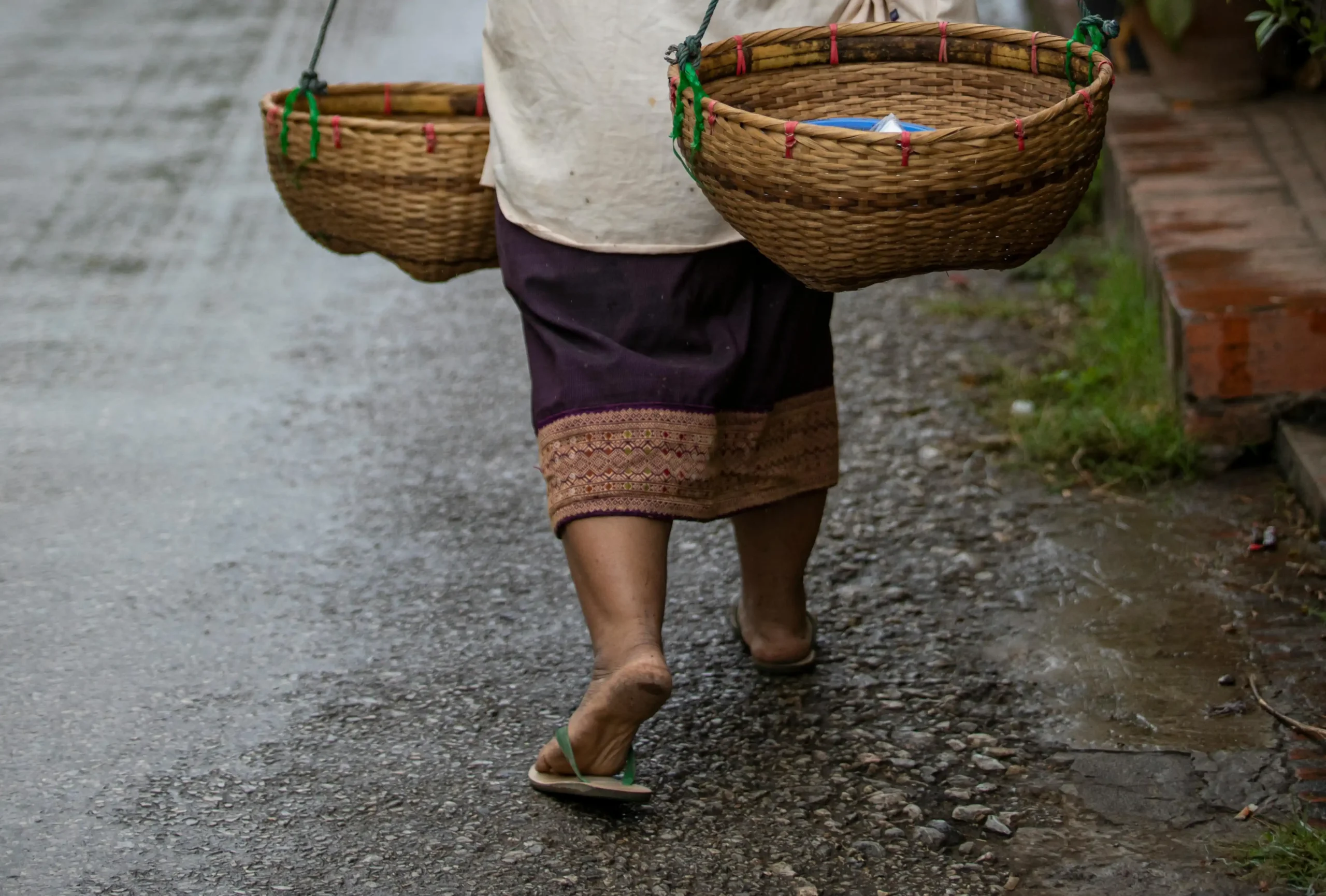
The phrase “in a cool Copenhagen way” is not malicious, but it reveals something about how style is often validated and who gets to define what is aspirational. For many in Southeast Asia, flip-flops were never about being trendy. They were about movement and affordability. Their presence in high-fashion contexts is not necessarily the problem. The issue lies in how that shift is being narrated.
At its core, this conversation reflects a deeper pattern within the fashion industry: the tendency to present Western use of global design as innovation rather than recognition. The same item, whether a sarong, a woven bag, or a slipper, can be dismissed in one context and celebrated in another, depending on who is wearing it and where.
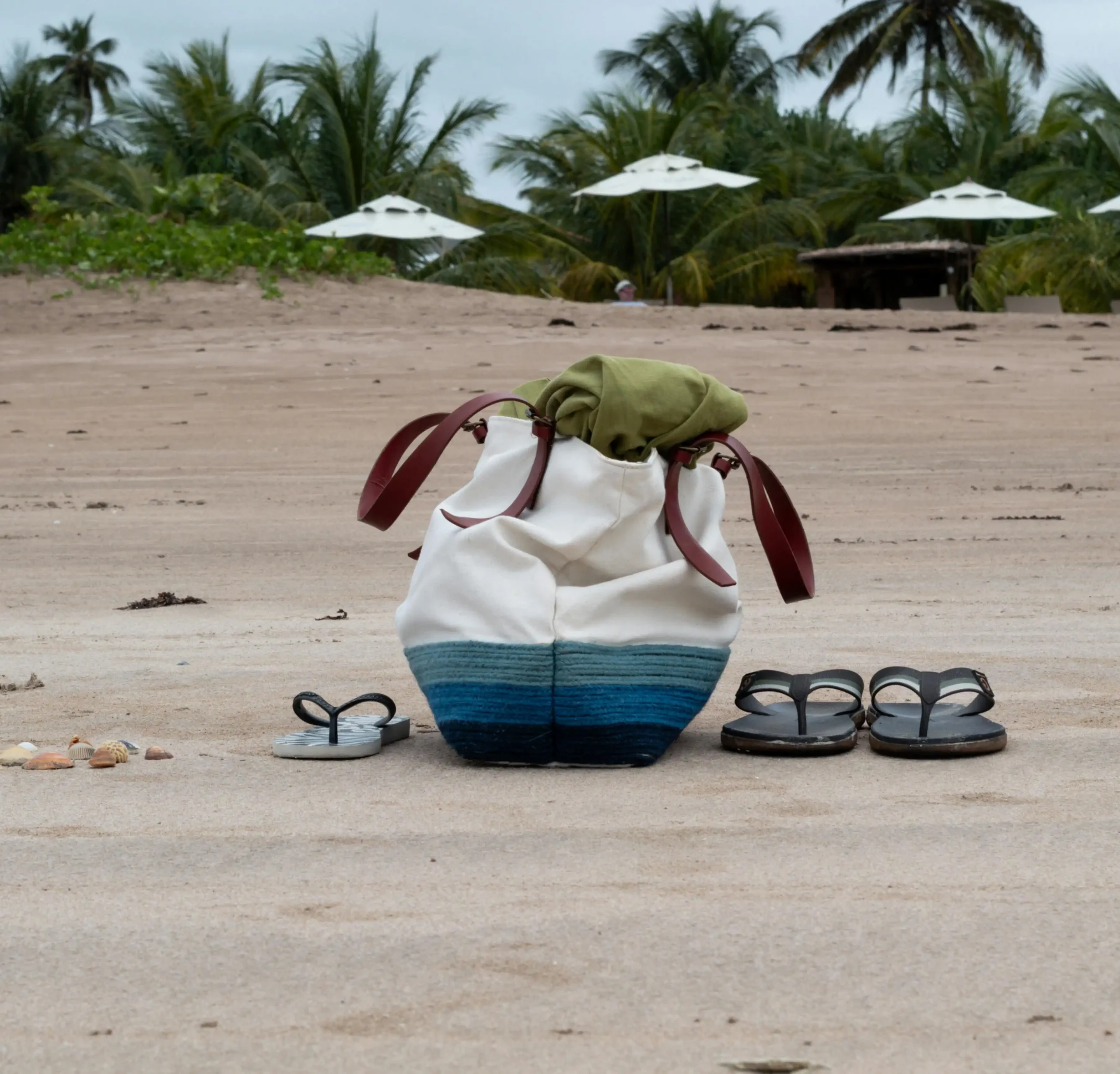
They were always in style
And so, while the rise of the fashion flip-flop might feel refreshing to some, it serves as a reminder to others that trends do not emerge in a vacuum. Sometimes, what is considered “in” was always present, just not when certain communities were the ones wearing it.
Ultimately, flip-flops do not need to be reinterpreted to be valid. Their relevance was never in question, especially not in Southeast Asia, where they continue to serve both form and function every day. If fashion is going to celebrate them now, it is worth recognizing that, for much of the world, they never went out of style to begin with.
Photos courtesy Prada, Auralee, Havaianas, Islander

